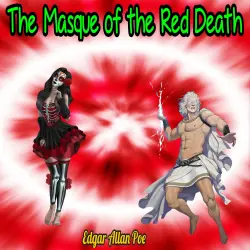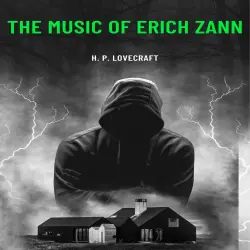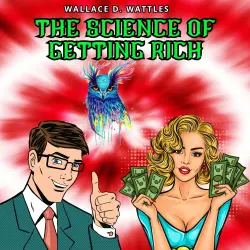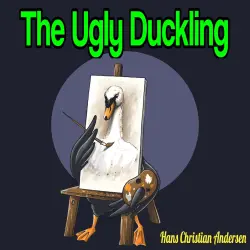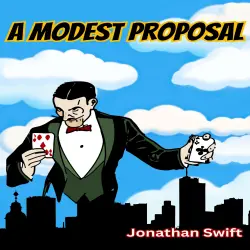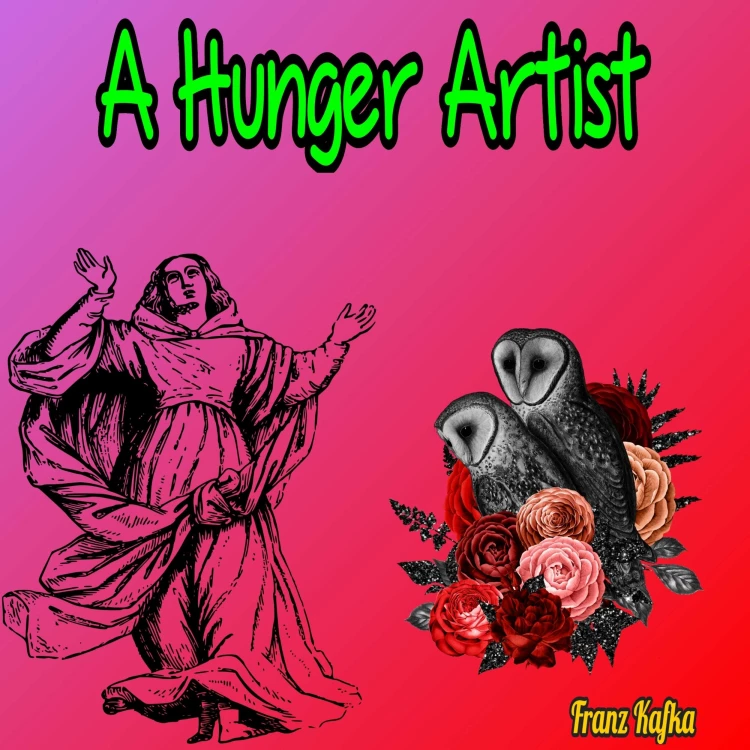
A Hunger Artist
Franz Kafka
A Hunger Artist by Franz Kafka explores themes of isolation, futility, and the corruption of human relationships.
Unabridged
29 Minuten
Hinweis: Für das Abspielen der Hörbücher oder Hörspiele können auf den jeweiligen Plattformen, wie z.B. Spotify, Kosten anfallen. Lismio hat keinen Einfluss darauf, welche Hörbücher und Hörspiele bei dem Service verfügbar sind.
Einige Artikel enthalten Affiliate-Links (gekennzeichnet mit einem Sternchen *). Wenn ihr auf diese Links klickt und Produkte kauft, erhalten wir eine kleine Provision, ohne dass für euch zusätzliche Kosten entstehen. Eure Unterstützung hilft, diese Seite am Laufen zu halten und weiterhin nützlichen Content zu erstellen. Danke für eure Unterstützung!
Vom Herausgeber
A Hunger Artist by Franz Kafka is a short story by Franz Kafka first published in Die neue Rundschau in 1922. The story was also included in the collection A Hunger Artist (Ein Hungerkünstler), the last book Kafka prepared for publication, which was printed by Verlag Die Schmiede shortly after his death. The protagonist, a hunger artist who experiences the decline in appreciation of his craft, is typically Kafkaesque: an individual marginalized and victimized by society at large. "A Hunger Artist" explores themes such as death, art, isolation, asceticism, spiritual poverty, futility, personal failure and the corruption of human relationships. The title of the story has also been translated as "A Fasting Artist" and "A Starvation Artist".
Plot
"A Hunger Artist" is told retrospectively through third-person narration. The narrator looks back several decades from "today" to a time when the public marveled at the professional hunger artist and then depicts the waning interest in such displays. The story begins with a general description of "the hunger artist" before narrowing in on a single performer, the protagonist.
The hunger artist traveled around performing for curious spectators. He would sit in a cage empty of anything except for a clock and some straw, always attended by rotating teams of watchers selected by the public (usually three butchers) to ensure he was not secretly eating. Despite such precautions, many, including some of the watchers themselves, were convinced the hunger artist cheated. Such suspicions annoyed the hunger artist, as did the forty-day limit imposed on his fasting by his promoter, or "impresario".
The impresario insisted that, after forty days, public interest in the hunger artist inevitably declined, but the hunger artist found the time limit irksome and arbitrary, as it prevented him from bettering his own record and fasting indefinitely. At the end of a fast, the hunger artist, amid highly theatrical fanfare, would be carried from his cage and made to eat, both of which he always resented. These performances, followed by intervals of recuperation, were repeated for many years.
Plot
"A Hunger Artist" is told retrospectively through third-person narration. The narrator looks back several decades from "today" to a time when the public marveled at the professional hunger artist and then depicts the waning interest in such displays. The story begins with a general description of "the hunger artist" before narrowing in on a single performer, the protagonist.
The hunger artist traveled around performing for curious spectators. He would sit in a cage empty of anything except for a clock and some straw, always attended by rotating teams of watchers selected by the public (usually three butchers) to ensure he was not secretly eating. Despite such precautions, many, including some of the watchers themselves, were convinced the hunger artist cheated. Such suspicions annoyed the hunger artist, as did the forty-day limit imposed on his fasting by his promoter, or "impresario".
The impresario insisted that, after forty days, public interest in the hunger artist inevitably declined, but the hunger artist found the time limit irksome and arbitrary, as it prevented him from bettering his own record and fasting indefinitely. At the end of a fast, the hunger artist, amid highly theatrical fanfare, would be carried from his cage and made to eat, both of which he always resented. These performances, followed by intervals of recuperation, were repeated for many years.



